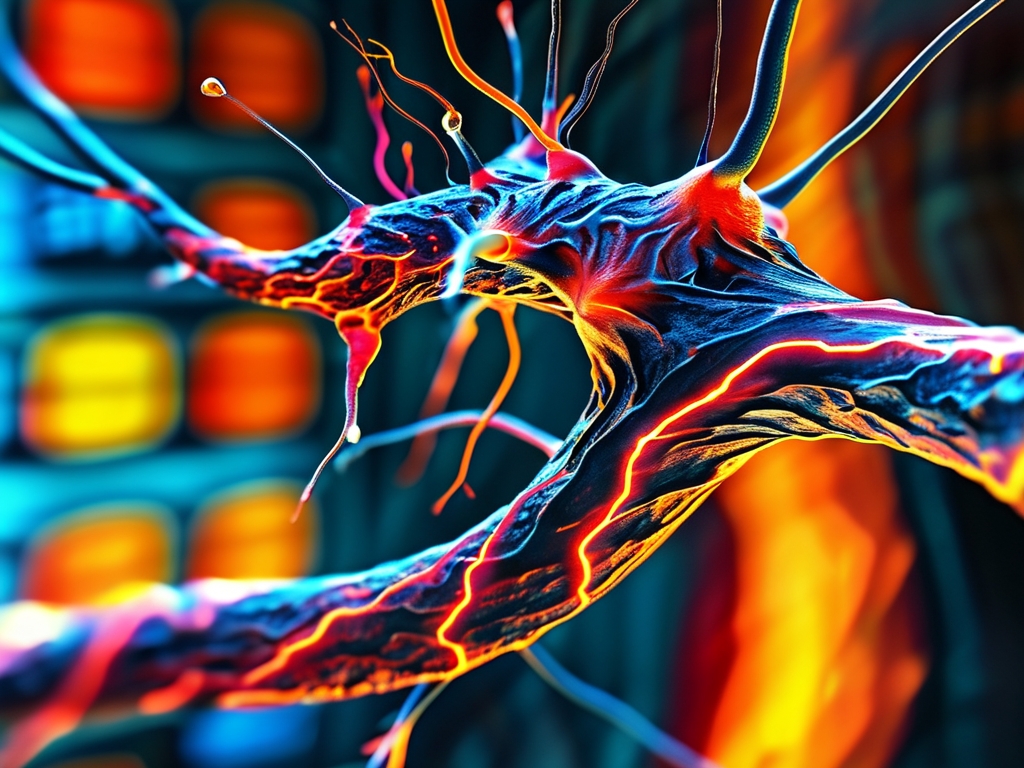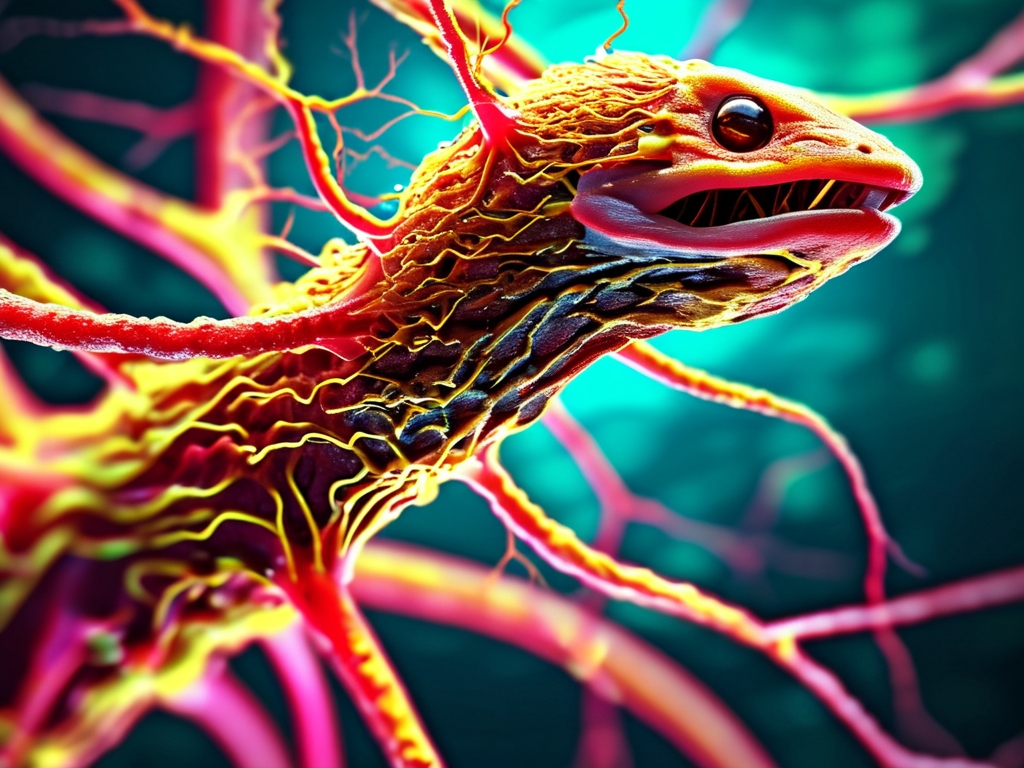In the rapidly evolving field of artificial intelligence, two paradigms have emerged as critical drivers of innovation: deep neural networks (DNNs) and rapid neural networks (RNNs). While both architectures aim to solve complex problems through machine learning, their design philosophies, applications, and trade-offs differ significantly. This article explores the distinctions between these approaches, their strengths and weaknesses, and how they complement each other in advancing AI technology.
Understanding Deep Neural Networks
Deep neural networks, characterized by their layered architecture, have dominated AI research and applications over the past decade. These models consist of multiple hidden layers that enable hierarchical feature extraction, allowing them to tackle tasks like image recognition, natural language processing (NLP), and autonomous driving. The "depth" in DNNs refers to the number of layers, which can range from a few dozen to thousands in extreme cases (e.g., GPT-4 or ResNet-152).
Strengths of DNNs:
- High Accuracy: Their layered structure allows DNNs to capture intricate patterns in data, achieving state-of-the-art results in complex tasks.
- Versatility: They adapt to diverse domains, from medical diagnostics to financial forecasting.
- Transfer Learning: Pre-trained DNNs (e.g., BERT, Vision Transformers) can be fine-tuned for specific tasks, reducing training time and resource requirements.
Limitations:

- Computational Cost: Training deep models demands massive datasets and GPU/TPU clusters, making them energy-intensive and expensive.
- Latency: Inference times can be slow for real-time applications like robotics or augmented reality.
- Overfitting Risk: Deep networks may memorize training data rather than generalize, especially with limited datasets.
The Rise of Rapid Neural Networks
Rapid neural networks prioritize speed and efficiency over depth. These models are designed for scenarios where low latency, minimal computational resources, or edge deployment are critical. Examples include MobileNet, SqueezeNet, and TinyML frameworks. RNNs often employ techniques like pruning, quantization, and knowledge distillation to reduce model size without sacrificing performance.
Key Advantages of RNNs:

- Real-Time Performance: Optimized for quick inference, RNNs power applications like drone navigation, real-time video analysis, and IoT devices.
- Energy Efficiency: Smaller models consume less power, enabling deployment on smartphones or embedded systems.
- Cost-Effectiveness: Reduced hardware requirements lower operational costs for businesses.
Trade-Offs:
- Accuracy Sacrifice: Simplifying architectures may reduce performance on highly complex tasks.
- Limited Scope: RNNs excel in specific use cases but struggle with tasks requiring nuanced understanding (e.g., contextual NLP).
- Design Complexity: Optimizing for speed while maintaining accuracy requires specialized engineering.
Bridging the Gap: Hybrid Approaches
The dichotomy between depth and speed is not absolute. Researchers are developing hybrid models that combine the strengths of both paradigms:
- EfficientNet: Automatically scales network depth, width, and resolution for optimal performance.
- Neural Architecture Search (NAS): Algorithms design task-specific networks balancing speed and accuracy.
- Edge-Cloud Collaboration: Deploy lightweight RNNs on devices while offloading complex computations to cloud-based DNNs.
Case Studies
- Healthcare: DNNs analyze MRI scans for tumors, while RNNs monitor patient vitals in real-time.
- Autonomous Vehicles: DNNs process LiDAR data for object detection, whereas RNNs handle immediate collision avoidance.
- Smart Assistants: Cloud-based DNNs generate conversational responses, while on-device RNNs process wake-word detection.
Future Directions
The future lies in context-aware AI systems that dynamically switch between deep and rapid networks based on task requirements. Innovations like spiking neural networks (SNNs) for neuromorphic computing and quantum-enhanced architectures may further blur the lines between speed and depth.
Deep neural networks and rapid neural networks represent complementary pillars of modern AI. While DNNs push the boundaries of what machines can learn, RNNs ensure these advancements are accessible and practical. As hardware improves and algorithms evolve, the synergy between depth and speed will unlock unprecedented possibilities—from personalized AI tutors to climate modeling—ushering in a new era of intelligent systems.

